The Nahuatl presented in this curriculum comes from the Huasteca region in the state of Veracruz, Mexico, where one can find a municipality called Chicontepec (Figure 1 & 2). Various historical communities of Nahuatl-speaking peoples live in this region. In the same way that the Nahuatl language continues to be important for the municipality of Chicontepec, Nahua customs and traditions influence the lives of the people who live here. The objective of this material is to serve as a revitalization tool for Nahuatl language learning.
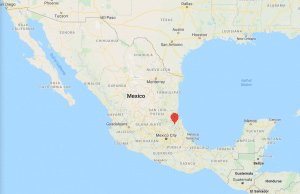
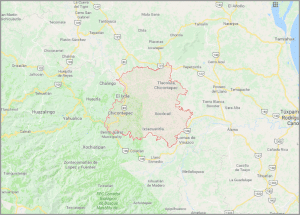
The writing of Nahuatl in this material is the product of almost 500 years of evolution. Nahuatl was alphabetized by indigenous and mendicant missionary groups, who began to systematize the language as early as the 1540s in central Mexico. Writing in Mesoamerica, including Nahuatl, was not a new concept however (Boone and Mignolo 1994; Lacadena 2008), but writing in the Roman alphabet was. Nahuas were important protagonists in the creation of crucial colonial texts that help us understand the history and legacy of the language.
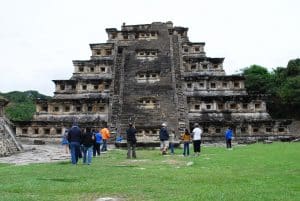
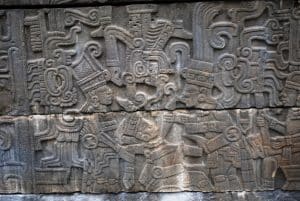
Pre-Hispanic writing in the region is discussed primarily as pictographic, or images that convey scenes and ideas. The archeological site of El Tajin (Figure 3), for example, a Classic Period site that flourished between 600 CE and 1200 CE near the Chicontepec area, depicts complex pictographic scenes of social rituals that occurred in the city-state (Figure 4). The Nahuas that learned to use the Roman Alphabet were part of a long tradition of writing in Mesoamerica. The authors of the Historia Tolteca Chichimeca (Figure 5), for example conflated both systems of writing, using pictographs and logo-syllables, or images that represent syllables, along with roman alphabetic script of the Nahuatl language.
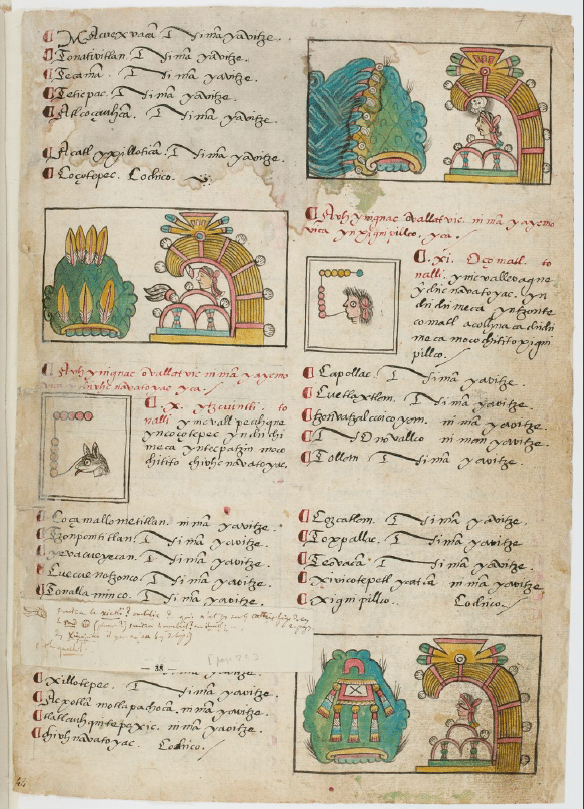
Nahuatl has not been fully standardized and until the present-day, various groups have developed their own style and variants of Nahuatl writing and teaching. While this online curriculum focuses on Nahuatl from the Huasteca area, we also introduce variants from the Mexican state of Hidalgo and Morelos. Some 1.5 million speakers of Nahuatl live in Mexico today.
HOW TO USE THE ONLINE CURRICULUM
These online lessons provide an introduction to the sounds, grammar and practice of speaking Nahuatl. Not only do lessons help develop oral, reading, and writing skills for students, we also include cultural topics that depict life in Chicontepec, Veracruz. The language and the culture are intricately intertwined. These lessons will help students interact with aspects of Nahua culture, but they are not meant to substitute interaction with actual Nahuatl speakers or learning with a Nahuatl-speaking instructor.
Each lesson in this curriculum includes interactive sound, conversations, and videos, along with illustrations. They also have detailed grammar and helpful vocabulary, along with exercises that will help stimulate students’ learning of each grammar aspect of Nahuatl and cultural topic. After honing the sounds of Nahuatl (Lesson 1), students should be encouraged to read the Nahuatl aloud, especially with drills of verbal conjugation and substantive declensions as delineated in each lesson. Although some of the sounds in Nahuatl may be unfamiliar, students should try their best to emulate the sounds provided. Spanish from Mexico includes some loanwords from Nahuatl, but students will realize that Nahuatl is a completely independent language, unrelated to Spanish and Latin-based grammar.
With practice, students will hone their skills and learn more about this wonderful language. Welcome!